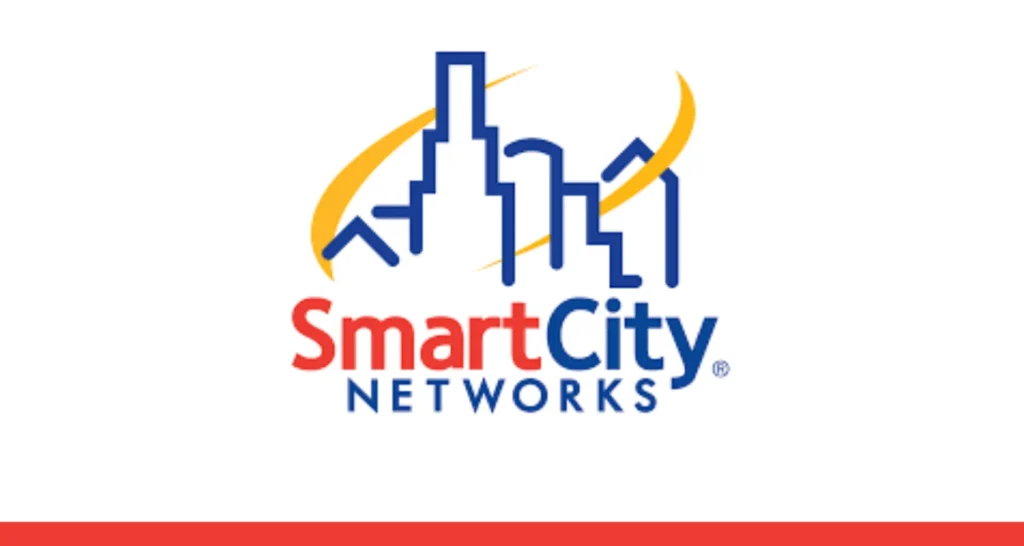Leadership in Energy and Environmental Design LEED – is an ecology-oriented building certification program run under the auspices of the U.S. Green Building Council (USGBC).
Before the introduction of LEED, the construction industry had no established standard for defining what constituted an energy-efficient and environmentally friendly project. Since its introduction in 1998, the LEED system has expanded and is now used for new buildings, renovations of existing buildings, design of building infrastructure and stylobates, interior finishes, etc.
Today, an estimated 278.7 million m2 of built-up space has been designed using LEED.
LEED – NC (New Construction) is a rating system for new construction or major projects in existing buildings.
Currently, the LEED – NC V.2.2 system is used for new buildings. It contains 34 basic and 69 additional points, which can be obtained depending on the type of project.
The lowest level of Leadership in Energy and Environmental Design is called LEED certification. To be certified for this step, 26 points are required.
The next step is Silver (33-38 points), then Gold (39-50 points). The highest step is Platinum (52-69 points).
Categories of the LEED system
The LEED – NC V.2.2 system includes six categories whose requirements must be met to reach even the lowest level of the rating system.
1. Environmentally Sustainable Development Sites category – a maximum of 14 points. U.S. Environmental Protection Agency (EPA) requirements include control of soil erosion and increased sedimentation. Additional points are awarded for selection of developments in environmentally sustainable areas, availability of transportation, reduction of built-up areas (for new developments), control of rainfall and reduction of paved areas, and reduction of light loads on the built-up area and their impact on neighboring properties.
2. Water System Efficiency category – 5 points maximum. This category includes efficient watering of green spaces, innovative wastewater treatment, and reduction of water consumption during building operation. These points apply to a variety of rainwater uses and can also be earned for the use of low-flow urinals and toilets.
3. Energy and Environment category – a maximum of 17 points. Eligible requirements include fundamental commissioning, reduction of chlorinated refrigerants in refrigeration systems, and meeting the minimum energy conservation requirements of ASHRAE Standard 90.1-2004. Up to 10 points can be achieved by optimizing the building’s energy use. Since 2007, all LEED projects must receive a minimum of 2 points in this category (these requirements are further tightened in the new version – LEED 2009). Extra points in this category are awarded for the use of renewable energy sources such as solar panels, the elimination of HCFC-based refrigerants completely, additional commissioning, and increased monitoring and verification of all system parameters.
4. Construction Materials and Resources category – 13 points maximum. Required requirements include storage and collection and transportation of raw materials for recycling. Points may be awarded for the use of construction waste as well as materials that are quickly replenished ecologically (e.g., bamboo), local materials that are produced near the building site, recycled materials, and the use of certified wood.
5. The Environmental Quality in Building category is a maximum of 15 points. This category includes requirements for smoke control as well as compliance with ASHRAE Standard 62.1-2004, Ventilation and Accepted Indoor Air Quality Standards. Additional points are awarded for increasing ventilation system efficiency; controlling air quality during construction; using low-VOC materials and adhesives; establishing control of chemical and airborne emissions; thermal comfort; improving automatic controls for heating, air conditioning, and ventilation systems; and increasing the use of natural light.
6. Innovations in the Design Process category. Up to 4 points can be awarded for exceptional performance and exceeding basic Leadership in Energy and Environmental Design requirements, or for an innovative approach that the major categories typically do not consider or consider. An additional point is given if one of the core members of the design team is a LEED Accredited Professional.
LEED certification
LEED certification begins with registering the project on the USGBC website (recommended to do so at the beginning of the project).
The design team determines the possible LEED scores and begins gathering information and the necessary calculations to meet the mandatory LEED requirements. The goals to be achieved, as well as the strategy to achieve them to achieve certain points, are included in the project and also refined during subsequent phases of the project.
The documentation consists of completing forms to meet the required LEED conditions, as well as forms indicating the additional points the project can receive. This documentation is sent to the USGBC via a dedicated website. The completed forms are reviewed by an independent reviewer and then the final scores are established.
The conventional wisdom is that LEED certification increases the cost of a project. Experience has shown that projects with minimal or Silver LEED certification usually do not increase the cost of the project. Gold and Platinum level certifications increase project costs during construction. Early integration of the LEED certification process reduces these additional costs. The costs associated with project commissioning and system energy efficiency improvements typically pay for themselves in a short time by reducing energy costs, increasing operating cost efficiency, and improving customer comfort.
LEED training is provided at various seminars as well as through specialized programs. Initial LEED project registration costs $450 for USGBC members and $600 for USGBC members. It costs $450 for USGBC members and $600 for all other organizations. It costs $450 for USGBC members and $600 for all other organizations. The cost of LEED certification varies by project, but the average cost is $2,000 per project. The cost is $2,000 per project.
The LEED system allows professionals with experience in the construction and design of sustainable buildings to take the exam and become LEED Accredited Professional or LEED AP certified.













